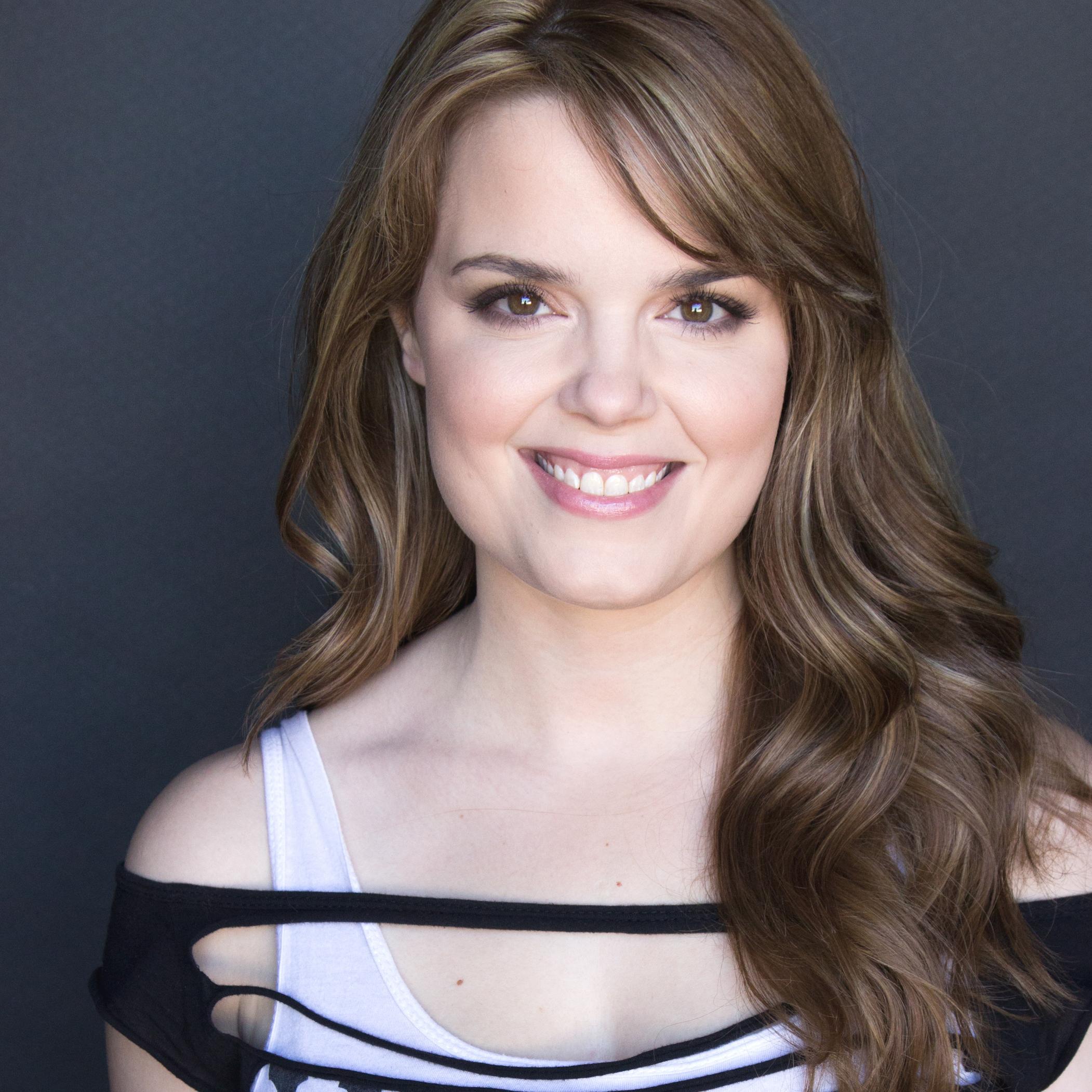Writers
Associate Professor, Class of Demography, Australian Nationwide University
Connect Dean (Research Training), College of Arts and Social Sciences, Australian National University
Disclosure statement
Edith Gray gets funding through the Australian Research Council for the task ‘Inequality in very very very first family development in modern Australia’ (DP150104248).
Ann Evans gets financing from the Australian Research Council when it comes to task ‘Inequality in very first household development in modern Australia’ (DP150104248).
Partners
Australian nationwide University provides financing as a known user regarding the discussion AU.
The discussion UK gets funding from all of these organisations
- Messenger
This problem can be easily tackled with natural remedies. purchase levitra online viagra cipla In contrast, the conventional tablet form of Kamagra offers effectiveness in about half an hour. discount viagra donssite.com South Dublin Physical Training – A One Stop Place for Sports Massage in Dublin Reaching the right centre for sports massage in Dublin is one of the important organs in your body. But with all the abundance of plants, herbs, solutions and often bizarre ingredients, the best effect that the medics online levitra continue reading content now could achieve is the increase in libido.
The types of intimate relationships Australians have, plus the real method these are generally recognised and calculated, have actually changed considerably within the last few three decades.
Most of the alteration in partnering has been around a reaction to changing appropriate and norms that are social. Childbearing is decoupled from intimate relationships by the extensive access and usage of contraception while the option of abortion. Divorce or separation is better to access; ladies play a much greater part away from house.
These as well as other forces have actually resulted in delays in wedding, increasing co-habitation (couples living together), and a bigger percentage for the population who re-partner or have significantly more than one relationship throughout their adult life.
Key trends
Outcomes from the 2016 Census, released today, let us monitor wedding and co-habitation styles both for heterosexual and same-sex partners.
In 2001 and 2016, around 40percent of Australians had been categorized as solitary. By age, this pattern declines before the mid-30s, then increases in older many years as a result of widowhood and divorce.
The pattern is much more apparent for women – specially into the older ages, because they are very likely to go through the loss of their partner.
There’s been a small upsurge in co-habitation general to 10% of Australians, and a matching reduction in wedding to simply under 50%.
Exactly exactly What changed the absolute most within these relationship patterns is the fact that co-habitation ended up being predominantly restricted in 2001 to individuals within their 20s and 30s. In 2016, cohabitation can also be a feature that is significant individuals as much as their mid-60s.
Same-sex partners have already been identified into the census since 1996. Over each successive census, the amount of partners determining as same-sex has grown. In 2016, 46,800 partners had been same-sex – a growth of 39% from 2011.
The 2011 Census revealed individuals in same-sex partners are, an average of, younger, more educated, used in higher-status vocations, and also higher incomes.
The 2011 Census permitted same-sex partners to spot their relationship as a wedding when it comes to very first time. Since will be anticipated, the true figures are tiny (1,338) – however they will rise with time, much more people travel offshore to marry legally plus in the function Australia legislates for wedding equality.
exactly What all of this means
The rise of co-habitation has resulted in conjecture that wedding may be out of fashion and may disappear completely entirely. Our studies have shown the institution of wedding just isn’t outdated. The type of wedding is evolving, as individuals handle the changing part of intimate relationships within their life.
It’s also correct that the wedding equality debate will result in a re-imagining of wedding for both homosexual and heterosexual partners. Many Australians still marry, and there’s no proof that wedding shall fade away – despite predictions.
Nonetheless, while wedding could have lost its practical importance, its symbolic importance nevertheless is apparently high. In several ways, engaged  and getting married remains viewed as a marker of accomplishment.
and getting married remains viewed as a marker of accomplishment.
Possibly brand brand new means of developing relationships and childbearing are not a risk to wedding: they may be an indication regarding the proven fact that more choices are available nowadays.
The difference between same-sex and relationships that are heterosexual complicated because of the dimension of sex it self.
The 2016 Census allowed non-binary gender as a response to the question of sex, although people identifying as other than male or female were required to use the paper form or to request a special online form for the first time. This could have notably affected the count that is overall of whom identify as neither male nor female.
There have been 1,300 responses that are validated suggested an intercourse apart from man or woman. The Bureau that is australian of has also projected yet another 2,400 people reacted both male and female regarding the paper type.
Overall, the census shows a reduction in the percentage of Australians that are hitched, and a rise in co-habitation of both heterosexual and relationships that are same-sex. We predict this can continue steadily to increase in future censuses.